Belgium is dotted with beautiful historic towns, many of them dating back all the way to the Middle Ages and even beyond. Although cities like Brussels , Bruges and Antwerp are certainly destinations that should not be skipped, visiting some smaller and less-known Belgian towns is absolutely worth your time as well. Let’s take a look at five of those towns, all chock-full with historic landmarks.
Mechelen
Mechelen may not be one of Belgium’s most famous towns, but it packs a pretty big historical punch. Located roughly halfway between the cities of Antwerp and Brussels in the Flemish-speaking northern half of Belgium, Mechelen was among the most important cities in northwestern Europe from the Middle Ages through the Renaissance.
It was especially renowned for its arts scene, attracting painters, printers and musicians from all over Europe. A fact that illustrates Mechelen’s historical significance is that, under the rule of Margaret of Austria, it was the capital of the Netherlands. Now, it is a vibrant town, still filled with beautiful, medieval buildings and three UNESCO World Heritage Sites: the Saint Rumbold’s Cathedral, the 14th-century belfry and the two beguinages. Other highlights are the Brusselpoort, the last surviving medieval city gates in the city, a couple of palaces and several museums.
Aalst
A town with a history that began sometime in the 9th century, Aalst is located a short drive to the west of Brussels in the province of East Flanders. During the Middle Ages, the community grew into a major city in Flanders. The Town Hall, dating from the mid-12th century, is Belgium’s oldest remaining town hall, while the stunningly beautiful belfry, a UNESCO World Heritage Site, was built in the 15th century.
That century was the heyday of Aalst, a time when cloth and textile production made it an extremely wealthy town. It was also a time when a guy named Dirk Martens set up a printing shop and became the first printer in the southern Netherlands. He became an authority and printed books by renowned authors, including Christopher Columbus. The town, however, is most famous for its annual carnival celebrations. This three-day festival kicks off every year on the Sunday before Lent and features parades, symbolic ceremonies, music performances and dance. It’s a city event of great culturo-historical importance, as shown by the fact that’s considered Intangible Cultural Heritage of Humanity by UNESCO.
Ypres
Ypres is a town with beautiful architecture and a long, rich history. Located in the western corner of Belgium, it has had the misfortune of having been one of the frontlines during the First World War. The Ypres Salient, as the section of perilous frontline around Ypres was called, was one of the most dangerous places on the entire western front. No less than three major battles were fought in and around Ypres, three battles that completely destroyed the town.
Ypres was rebuilt meticulously after the War and now is a nearly perfect replica of the beautiful medieval town that it was before disaster took over Europe. Nowadays, it’s the starting point for any visit to ‘Flanders Fields’, the World War I battlegrounds and hundreds of war cemeteries that dot the region.
Durbuy
Advertising itself as ‘the smallest city in the world’, Durbuy is tiny indeed. Even though its population is no bigger than 11,000, Durbuy does, in fact, have a city charter, which was given by the King of Bohemia and Count of Luxemburg, John I, in 1331.
This gorgeous medieval town consists of cobbled streets and alleyways, stone houses and a castle. Its main (and probably only) economic activity is tourism – dozens of restaurants, cafés, boutiques, jewelry stores, hotels and bars attract many thousands of visitors every year.
Waterloo
You’ve most likely heard the name Waterloo before. It was here in Waterloo, situated just outside of Brussels, that Napoleon Bonaparte lost a major battle against the Prussian, Russian and British in 1815 and was banished from Europe. The British army was led by the Duke of Wellington, who wrote his victory dispatch from his headquarters in Waterloo, thus giving the battle its current name: Battle of Waterloo.
Both Wellington and Waterloo are names that now can be found all over the world, from Waterloo Station in London to Wellington, capital of New Zealand. The battle forever changed the political landscape of Europe and the fields where it was fought are still there.
Nothing has really changed, expect for the construction of the Lion’s Mound, an artificial conical hill that marks the spot where William II of the Netherlands, also known as the Prince of Orange, was hit by a bullet and fell off his horse. The town of Waterloo makes for a great day trip from Brussels. Attractions include the view from the top of the Lion’s Mound, the adjacent visitor center, the Battle of Waterloo panorama and both Napoleon’s and Wellington’s headquarters.
Written by and photos by guest contributor Bram Reusen for EuropeUpClose.com. Bram Reusen is a freelance travel writer, translator and photographer from Belgium who currently lives in Vermont, USA. Bram’s preferred ways of traveling and getting around are hiking, cycling and road tripping. You can follow his adventures at Travel Experience Live.


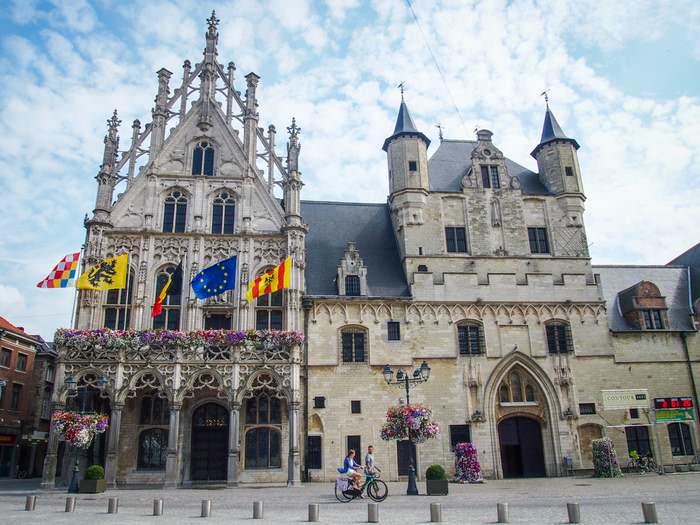
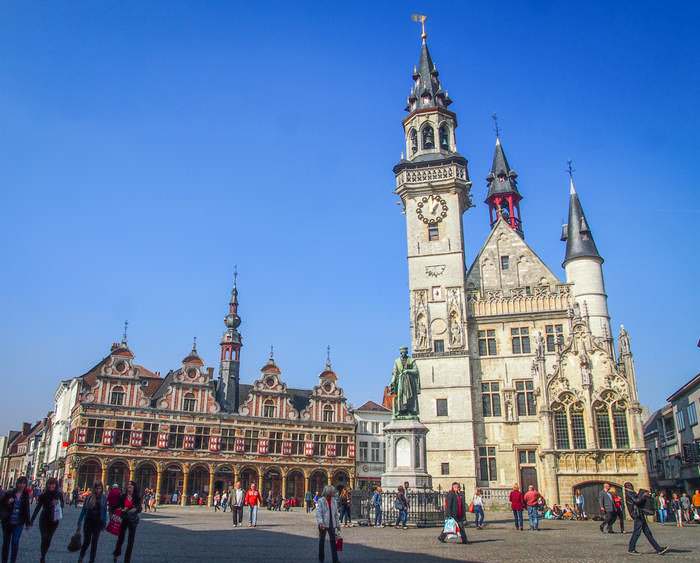
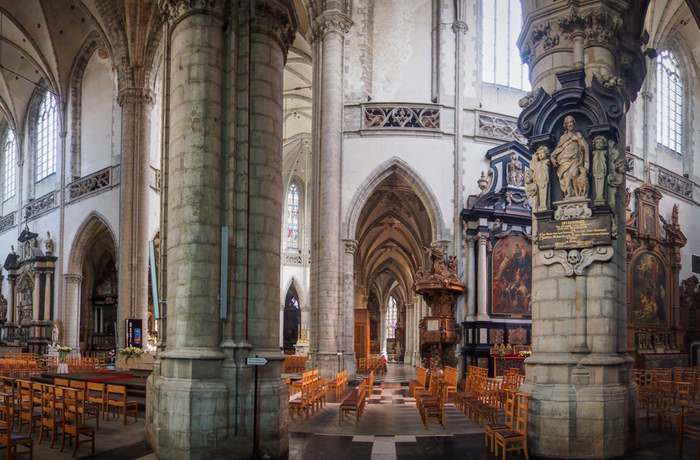


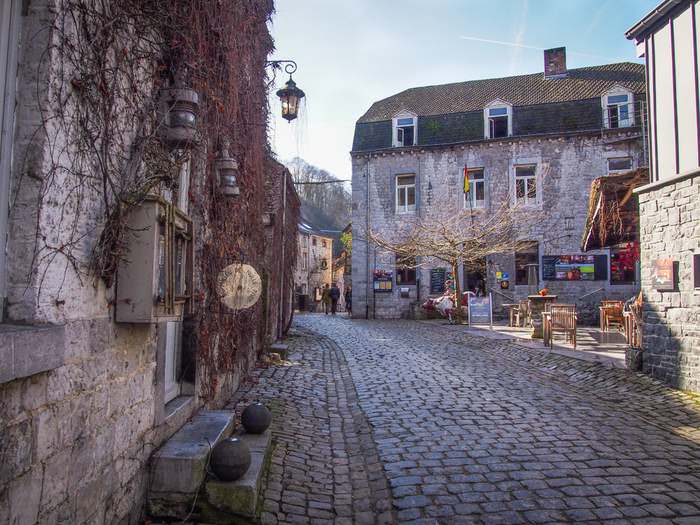
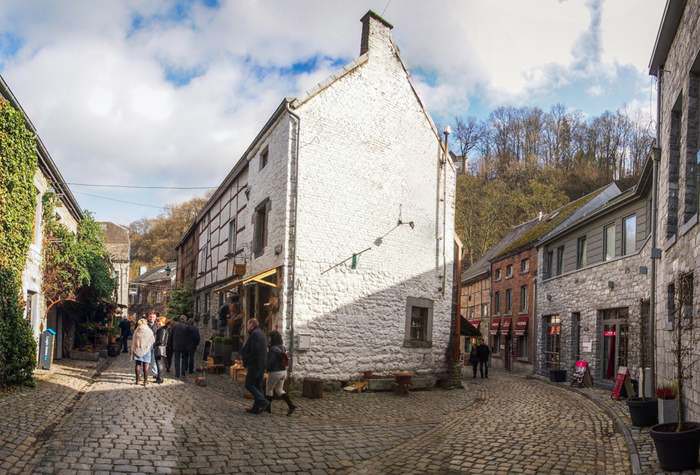
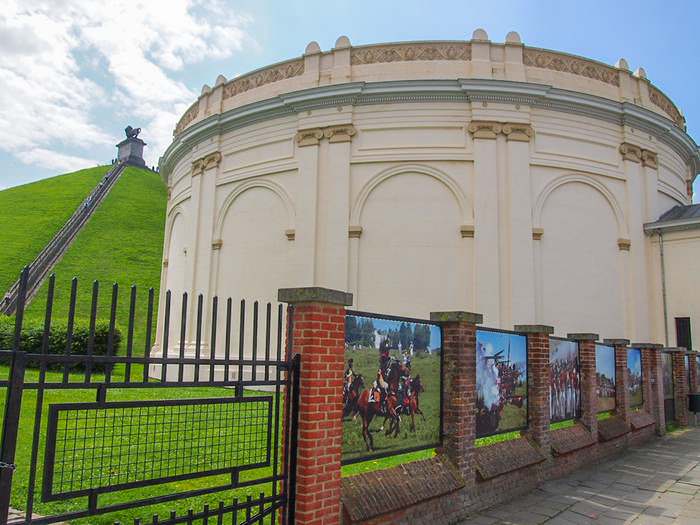
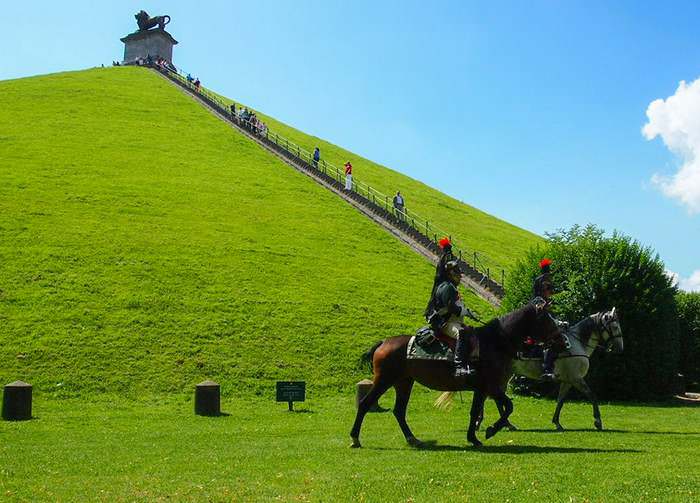
5 Belgian Towns That Are Well-Worth Visiting | One Bag Traveler
Saturday 25th of April 2015
[…] MORE HERE: https://europeupclose.com/article/5-belgian-towns-that-are-well-worth-visiting/ […]